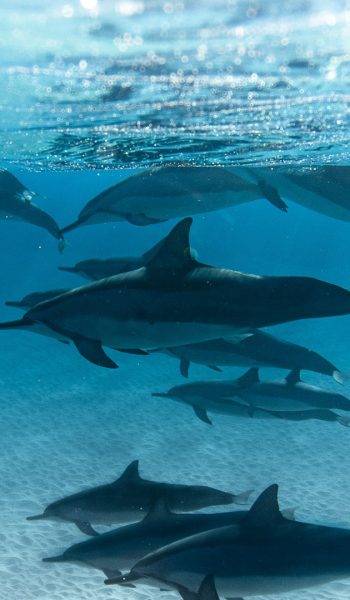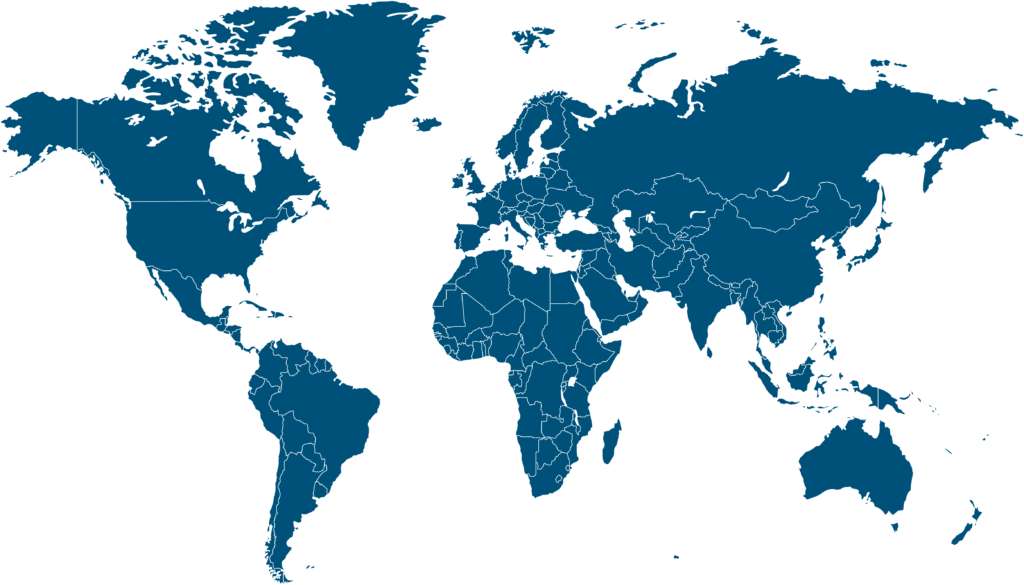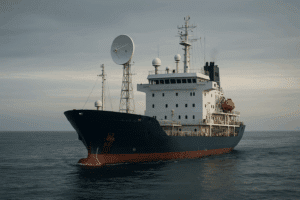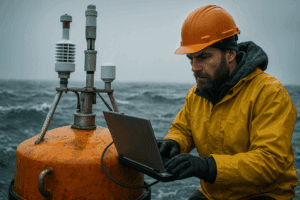The fishing industry is a core sector of many countries’ commercial and economical success, and the oceans are its key resource. These massive bodies of water are home to many marine species and plants that humans harvest for food but can be in danger of extinction if the fishing industry goes overboard. Therefore, governments have set up policies and regulations on a local and international level to ensure that fishing activities don’t throw the ecosystem off balance by overfishing and still support each country’s economic activities.
Why does a government need these regulations?
Before there was any kind of regulation, fisheries functioned on a “first come, first served” basis which eventually lead to overfishing and caused environmental threats. To stop the problem from worsening and to create a balance between the preservation of the environment and economic needs, several countries around the world established regulations and enforced management plans for fisheries to follow.
Thanks to these rules —the majority created and policed by each nation’s government—, countries can make sure that any commercial activities, carried out by fishery officials or independent fishermen, protect the wellbeing of marine species and their ecosystem. They help to prevent poaching in restricted fishing areas, as well as stop overfishing and degradation of the habitat. In general, these regulations have two goals in mind: either reduce or contain fishing efforts or restriction of the total catch. Without any regulations, potential consequences for sea life could be disastrous to the marine environment.
Your environmental monitoring at your fingertips!
Optimize your environmental monitoring, become smarter and more sustainable with a unified system that gathers all your environmental sensors & data in one place.

Types of regulations
Regulations regarding fishery management are often established through a mixture of national and international laws. These measures can include bans on fishing, such as minimum catch sizes, what type of fishing gear is allowed, conservation efforts for endangered species, and monitoring and control over the areas in which these activities occur.
Countries will also regulate aquaculture practices, that is, aquafarming. This term stands for the cultivation of marine organisms such as fish or plants as a controlled activity under human supervision. Regulating this activity is important for preventing or mitigating potential adverse environmental impacts that might occur if there are no fishery management plans in effect.
Regulations on the fishing industry per region

Europe:
In Europe, fisheries management falls under the Common Fisheries Policy (CFP), established in the 1970s and revised in 2014, which comprises a set of measures for managing the continent’s fishing fleets and conserving fish stocks. The original objectives of the CFP were to preserve fish stock, protect the marine environment, ensure the economic viability of EU fleets, and provide consumers with quality food. All EU members have to follow this policy, which rules over the following aspects of the fishing industry:
- In North Sea fisheries, EU countries have to manage fish stocks in a sustainable way (prevent overfishing.)
- Landing obligations for fishermen in relation to their catch, which aims to stop bycatch excess (that is, unwanted catch that is later discarded for several reasons) by improving fishing methods and gear as well as repurposing unwanted fish (i.e., into fishmeal) to reduce waste
- Aquaculture.
- Marketing practices and processing of fish.
- Requirements for fishing vessels, from fleet size to the equipment they use and data they collect.
North America:
In the United States, there are several laws that regulate fisheries management, including the Magnuson-Stevens Fishery Conservation and Management Act, the Marine Mammal Protection Act, and the Endangered Species Act. These laws aim to prevent overfishing, rebuild overfished stocks, increase the long-term benefits of fisheries, and ensure a safe and sustainable seafood supply. Fisheries are managed either by the National Marine Fishery Service (NMFS), a part of the National Oceanic and Atmospheric Administration (NOAA,) or by State agencies. Marine fisheries in the U.S. are the largest in the world, covering 4.4 million square miles of ocean. They can have the following purposes:
- Commercial – catching and marketing fish and shellfish for profit.
- Recreational – fishing for sport or pleasure.
- Subsistence – fishing for personal, family, and community consumption or sharing.
Any fishery management plan must also comply with a number of requirements, including the 10 National Standards, which are principles that promote sustainable and responsible fisheries management. NOAA Fisheries must make sure they are in accordance with these standards, which regulate all aspects of commercial fishing activity, from monitoring to allocations to bycatch and so on.
Latin America:
In line with other international policies in the fishing sector, Latin American countries are also including fisheries management policies in their development strategies. As an important contributor to global marine fish and seafood production and export, they aim to provide clarity and transparency in the fishing industry by employing technology and regulations to employ an effective fishery management policy.
In recent years, countries such as Peru, Chile, Panama, Costa Rica, and Ecuador have adapted the old system of monitoring, control, and surveillance (MCS) to accommodate new emerging technologies, such as advanced vessel tracking, satellite systems, cloud computing, big data analytics and machine learning to boost and increase transparency in fisheries as well as promote best practices in this sector.
Furthermore, the UN’s Development Program (UNDP), with the support of the Food and Agriculture Organization (FAO) agency, leads the Coastal Fisheries Initiative, which “seeks to achieve sustainable use of aquatic resources in Ecuador and Peru’s coastal waters to protect the environment while ensuring social and economic benefits for local communities.”
Your environmental monitoring at your fingertips!
Optimize your environmental monitoring, become smarter and more sustainable with a unified system that gathers all your environmental sensors & data in one place.

Enforcement of fishery management regulations
It’s not always enough to have a fishery management plan in place but a crucial key to its success is its support from all actors in the fishing industry. Fishery officials and independent fishermen need to be acquainted with the regulations, and it is up to the governments to play an active part in making sure these are enforced and either educate or find those who don’t abide by these set of rules. By following the regulations, countries will be set on the path to becoming a full-blown blue economy, where the sea species and human beings coexist without any dangers.
Frequently Asked Questions About How the Governement Regulate the Fishing Industry
A fishery can be defined as a body of water in which fish are caught for either commercial or recreational purposes. It is an area where a collection of fishing activities has been approved by countries and fishers. There can be different types of fisheries to target specific fish species or shellfish.
Aquaculture (also referred to as aquafarming), is the controlled cultivation (“farming”) of aquatic organisms such as fish, crustaceans, mollusks, algae, and other organisms of value such as aquatic plants (e.g. lotus). It is carried out in a controlled or semi-natural condition, as opposed to commercial fishing, in which wild fish is harvested.
It refers to an integrated approach based on the sustainable use of the oceans and coastal areas to deal with environmental degradation.


